Fluency is a key component of reading success, bridging the gap between phonics instruction and reading comprehension. When students can recognize and decode words effortlessly, they free up mental energy for understanding and enjoying what they read. But how do we build fluency in a way that’s both effective and engaging? The answer lies in repeated, meaningful practice. Using a Phonics Interactive Notebook for Fluency and Decoding, students get structured opportunities to practice phonics patterns, apply their skills in connected text, and reinforce learning through engaging word work and fluency games.
Here are some tried-and-true strategies that help students develop automaticity in decoding while keeping them engaged in the learning process.
1. Word Work with Hands-On Activities & Orthographic Mapping
Fluency starts with strong phonics foundations. Students need multiple opportunities to interact with words following a specific pattern before they can read them fluently. However, true fluency doesn’t just come from memorizing words—it comes from orthographic mapping, the process of connecting speech sounds to letters so words are stored efficiently in long-term memory.
Some effective word work strategies include:
- Orthographic Mapping Activities – Instead of memorizing whole words, students break them into phonemes and match them to corresponding graphemes. For example, mapping the word chat as /ch/ /a/ /t/ reinforces the brain’s ability to store and retrieve words instantly.
- Manipulative Letter Activities – Students build words using letter tiles or magnetic letters, reinforcing phoneme-grapheme connections.
- Word Chains – Students change one letter at a time (e.g., hat → hot → hop → top) to build phonemic awareness and decoding skills.
- Spelling Pattern Sorts – Sorting words by phonics pattern strengthens automatic word recognition and builds confidence.
📌 Try This: Using a Phonics Interactive Notebook, students can store their word work activities—including orthographic mapping exercises—in one place, making it easy to review and reinforce skills over time.
2. Decodable Fluency Passages & Nonsense Words for Targeted Reading Practice
Once students can decode individual words, they need practice reading connected text to build fluency. Decodable passages provide controlled opportunities to apply phonics skills in real reading situations. However, fluency isn’t just about recognizing familiar words—it’s also about accurate decoding of unfamiliar words.
Nonsense words are a powerful tool to help students apply phonics skills without relying on memorization. Since these words are not stored in long-term memory, students must decode them sound-by-sound, reinforcing phonics patterns and automaticity.
To ensure students go beyond decoding, each decodable passage includes comprehension questions and retelling bookmarks. These tools help students build meaning, strengthen recall, and practice oral language skills.
Some effective strategies include:
- Fluency Warm-Ups – Start small group lessons with a targeted decodable passage, allowing students to whisper-read, partner-read, or track words while listening to a model.
- Nonsense Word Fluency Drills – Have students practice decoding nonsense words like mip, vop, dat to ensure they apply phonics rules instead of guessing.
- Highlighter Hunts – Before reading, have students highlight words with the target phonics pattern in a passage, including nonsense words, to strengthen pattern recognition.
- Repeated Readings – Encourage students to read the same passage multiple times, improving accuracy, speed, and expression with each attempt.
- Comprehension Questions & Retelling Bookmarks – After reading, students answer questions about the passage and use a bookmark as a guide to retell the story, reinforcing both fluency and comprehension.
📌 Try This: Our Phonics Interactive Notebook for Fluency and Decoding includes decodable passages, comprehension questions, and retelling bookmarks to help students strengthen both word recognition and understanding.
3. Phonics Games for Fluency and Automaticity
Fluency-building doesn’t have to feel like drill work. Adding phonics-based games to small group instruction, centers, or independent practice keeps students engaged while reinforcing automatic word recognition.
Some engaging fluency games include:
- Words in a Row – A phonics fluency board game where students roll a die and read a word before moving forward.
- Mix & Match Word Building – Students match pictures to words, reinforcing phonics patterns and meaning. For extra engagement, they can also turn this into a memory game by flipping over picture and word cards and trying to find a match with a partner.
- Sight Word and Word Family Bookmarks – Repeated reading of fluency bookmarks helps build automatic recognition of key phonics patterns.
📌 Try This: Incorporate phonics games into literacy centers or partner work. A Phonics Interactive Notebook is the perfect way to store these materials so students can revisit and practice fluency skills anytime.
4. Partner Reading & Independent Fluency Practice
Fluency improves when students have daily opportunities to read aloud. Encourage peer collaboration and independent review with:
- Echo Reading – The teacher reads a sentence, and students repeat it with the same phrasing and intonation.
- Choral Reading – The whole group reads aloud together, building confidence.
- Fluency Folders – A collection of previously read passages that students can revisit to strengthen fluency and automaticity.
📌 Try This: Keep all fluency-building materials in a Phonics Interactive Notebook so students can pull them out during centers or partner reading time for easy review.
Why Use a Phonics Interactive Notebook for Fluency and Decoding?
A Phonics Interactive Notebook is more than just an activity—it’s a structured, ongoing resource that helps students reinforce phonics skills and build fluency through repetition and practice.
This resource is:
✅ Aligned with UFLI and also works with any district required phonics-based curriculum.
✅ Perfect for small groups, centers, partner work, or independent practice.
✅ A great way to store all phonics games, word work, and decodable passages in one place for easy review.
Want to see how it works? Check out the Phonics Interactive Notebook for Fluency and Decoding here:
What are your favorite fluency-building strategies? Drop your ideas in the comments below.
Download some short a freebies HERE!
P.S. Check out this post to see how we incorporate Phonics and Fluency Crafts!

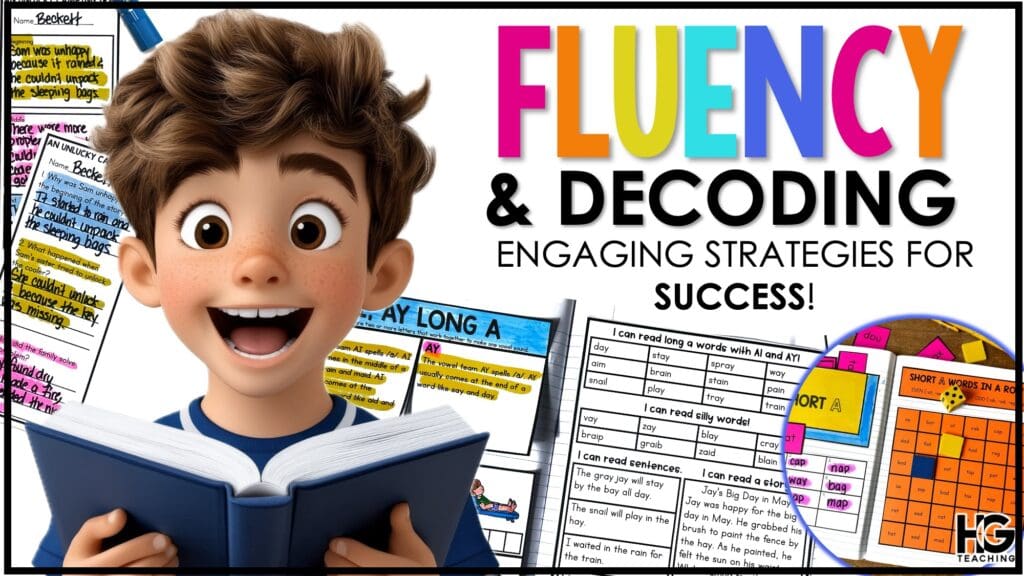
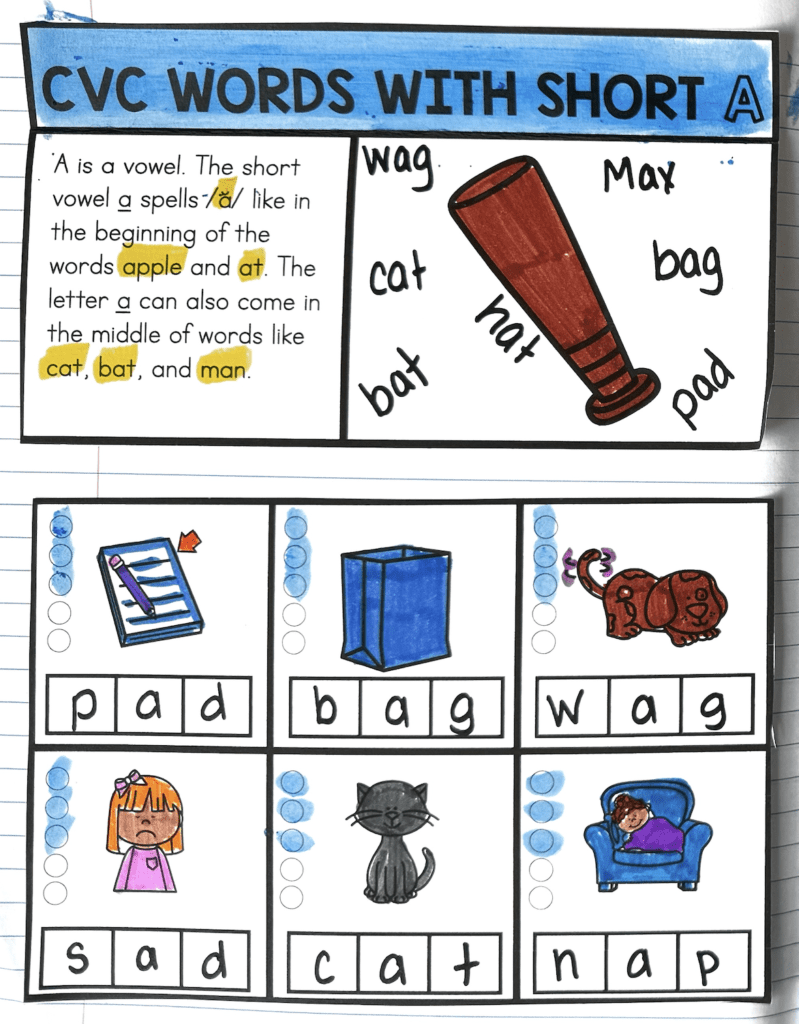
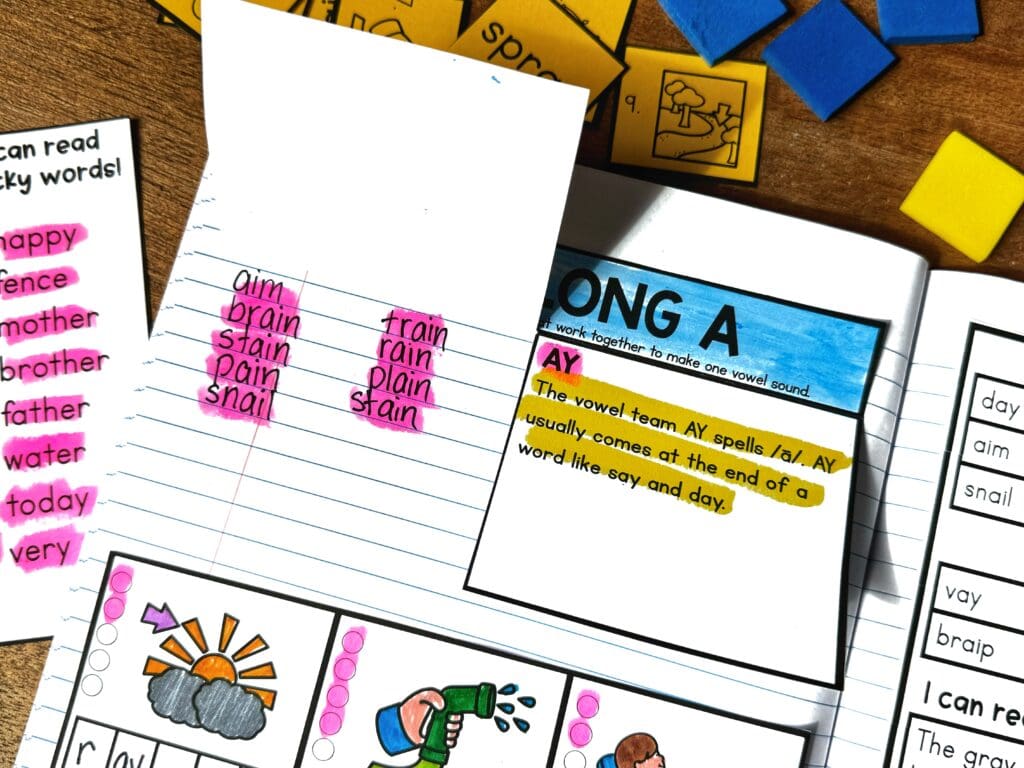
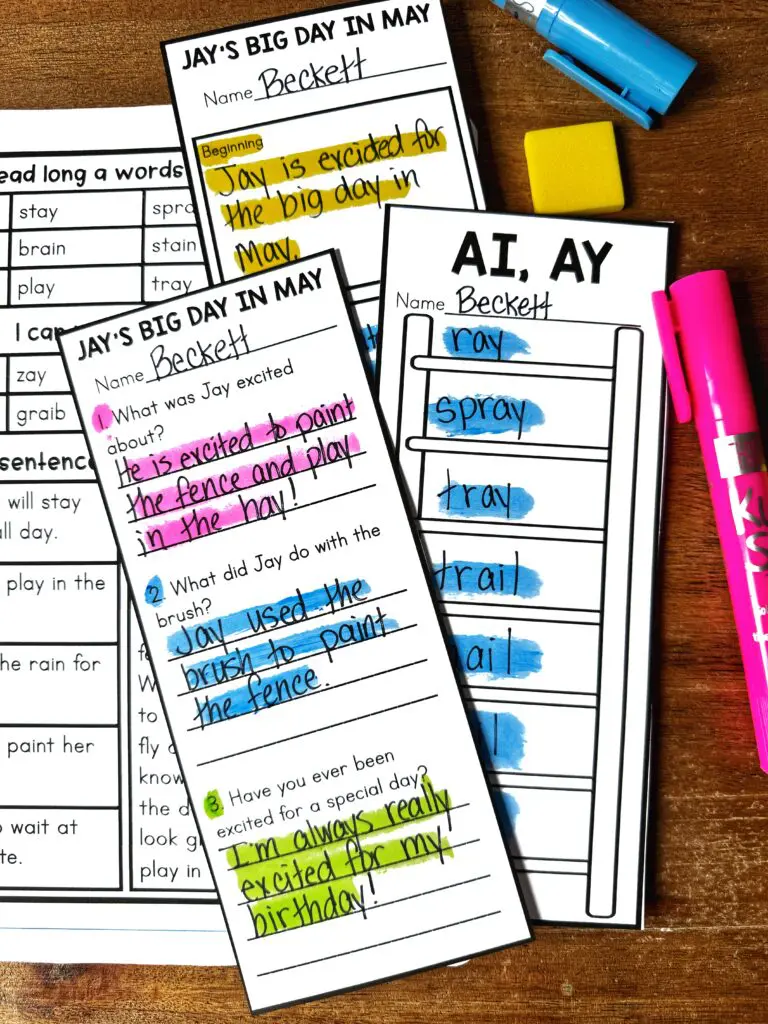
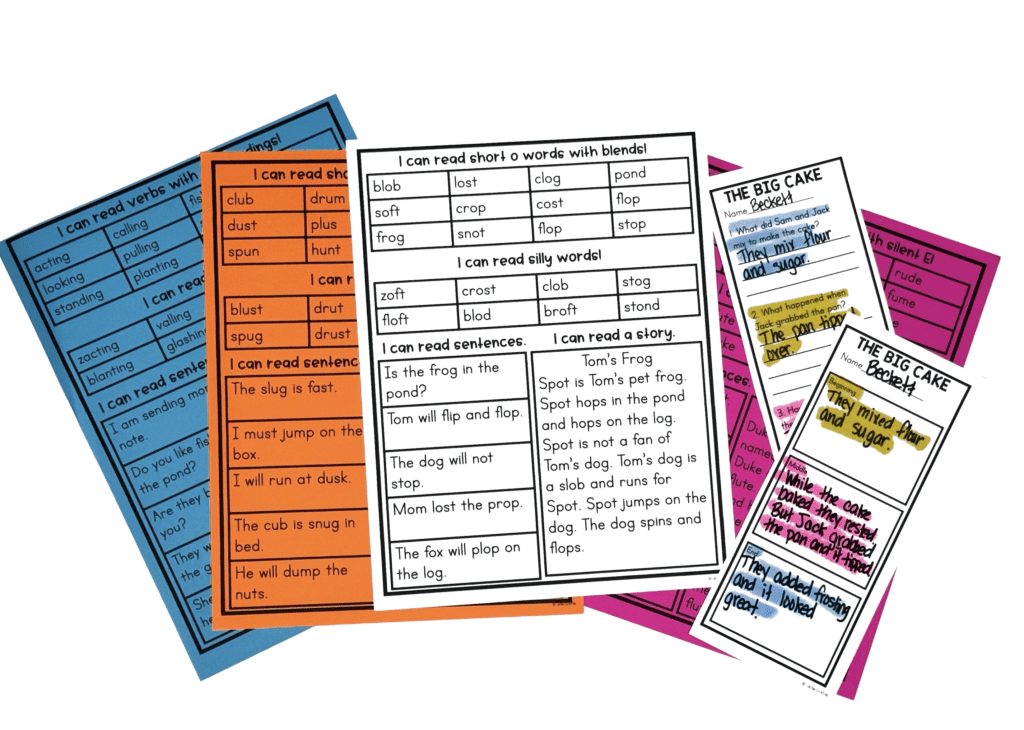
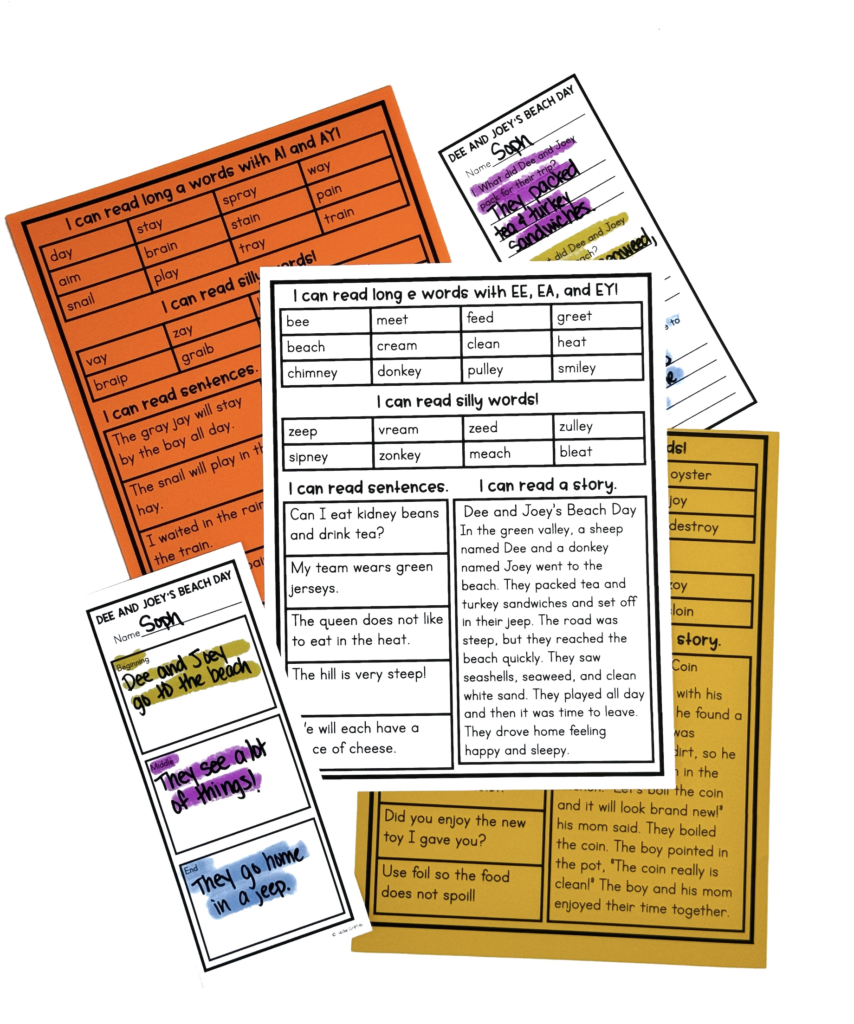
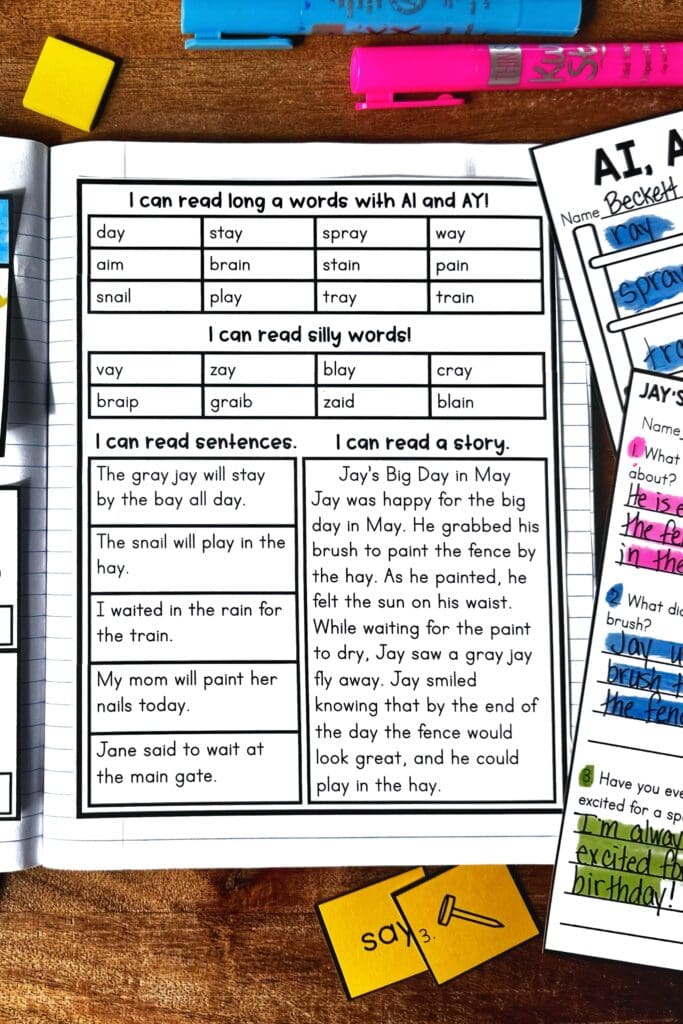
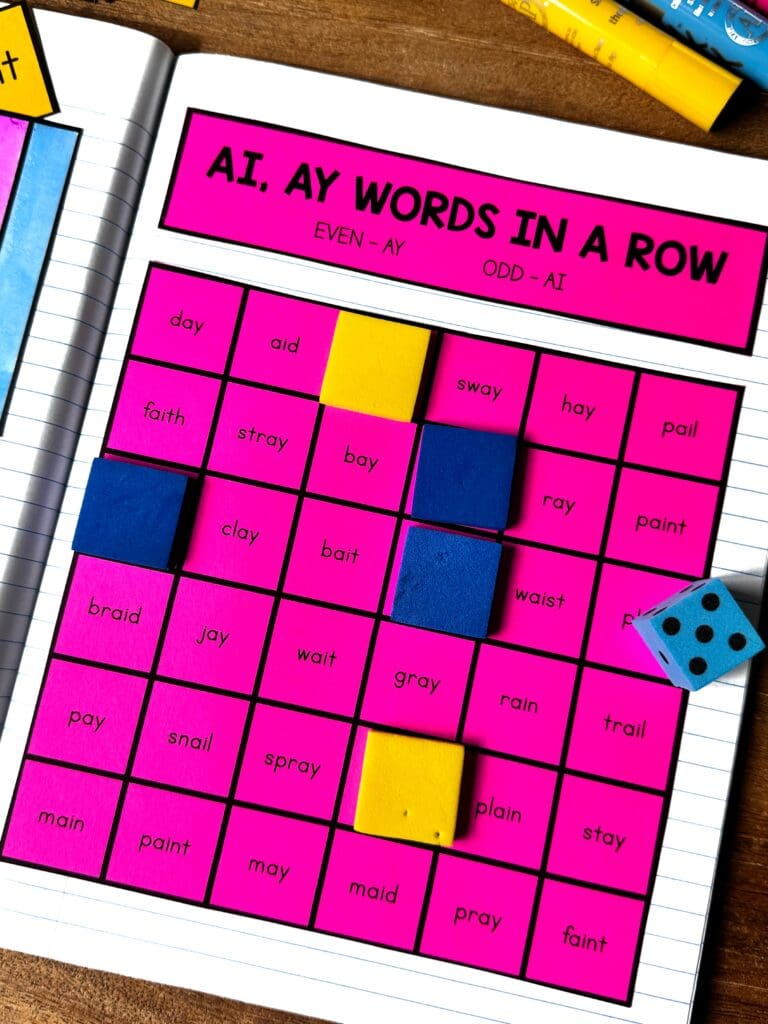
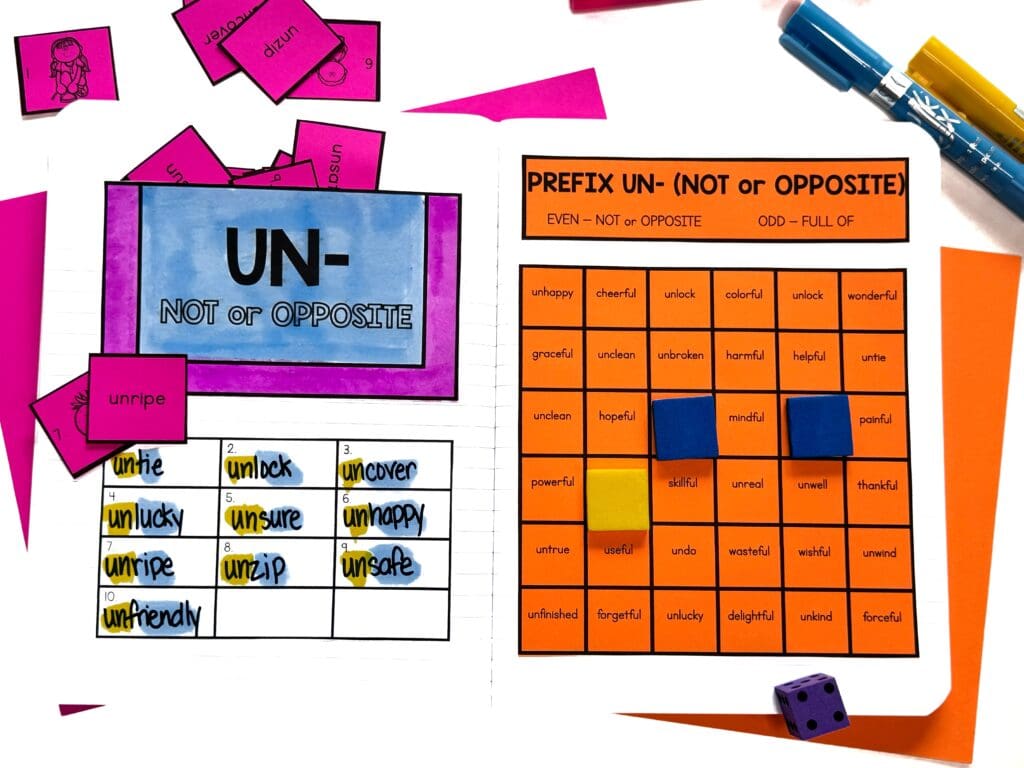
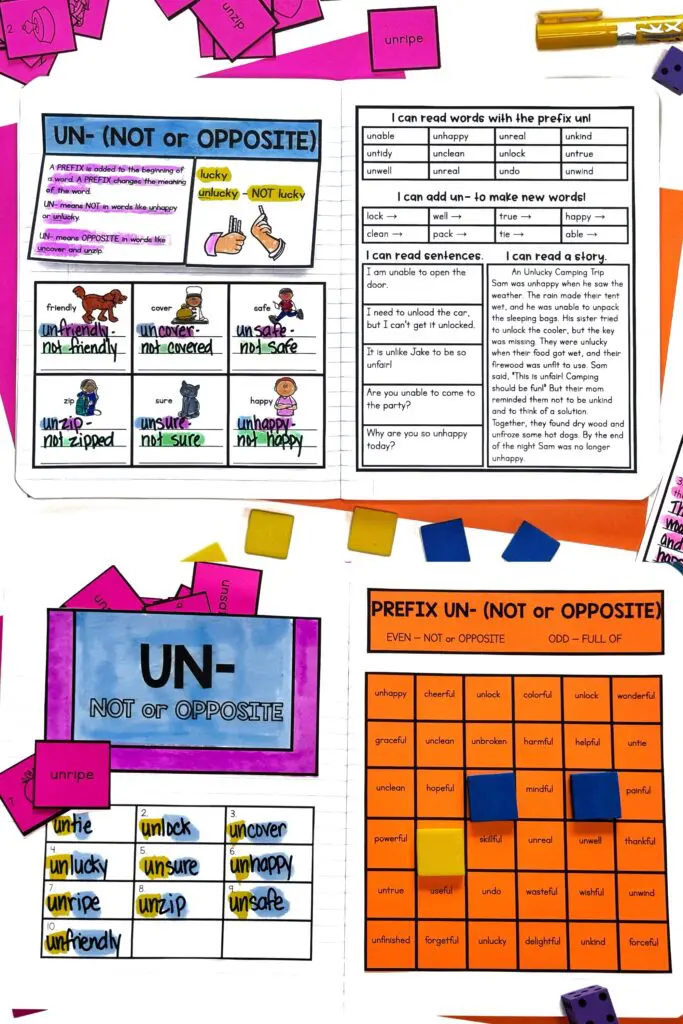
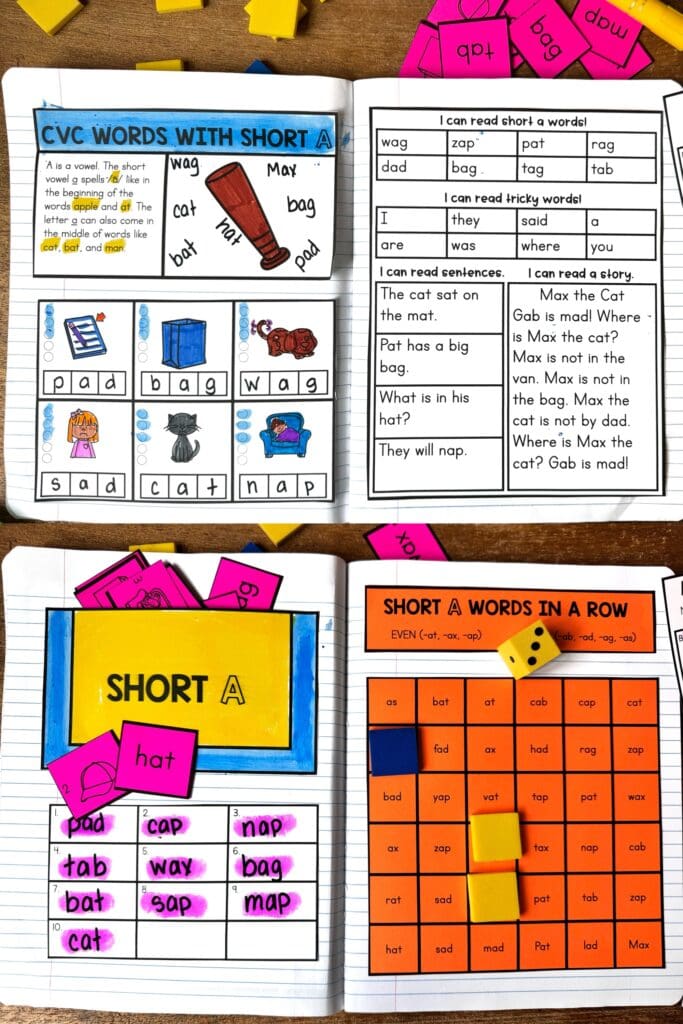
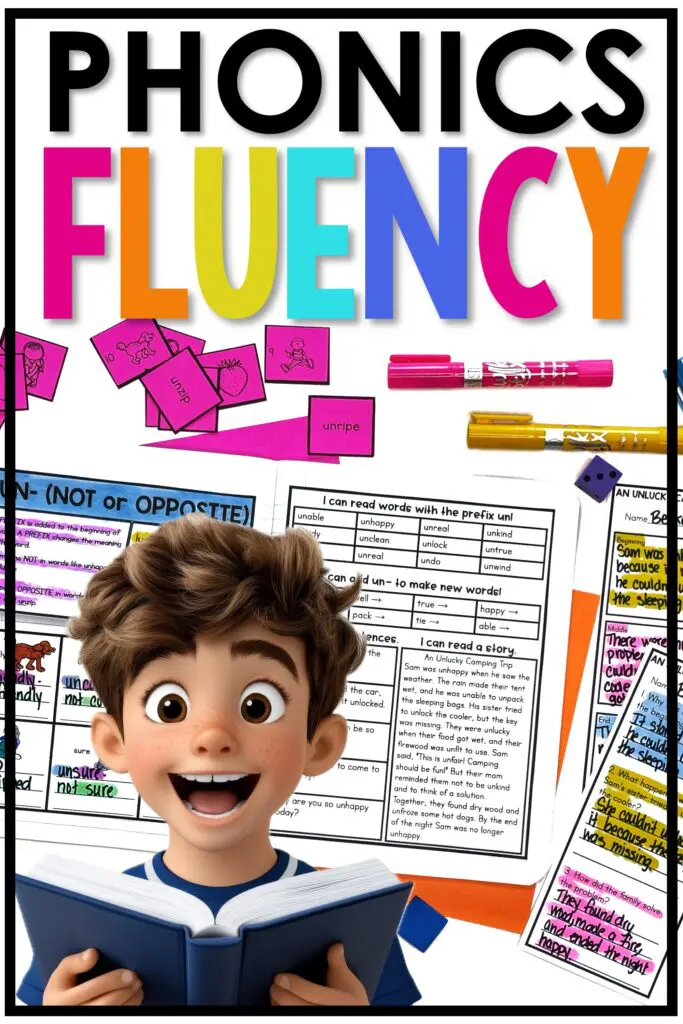
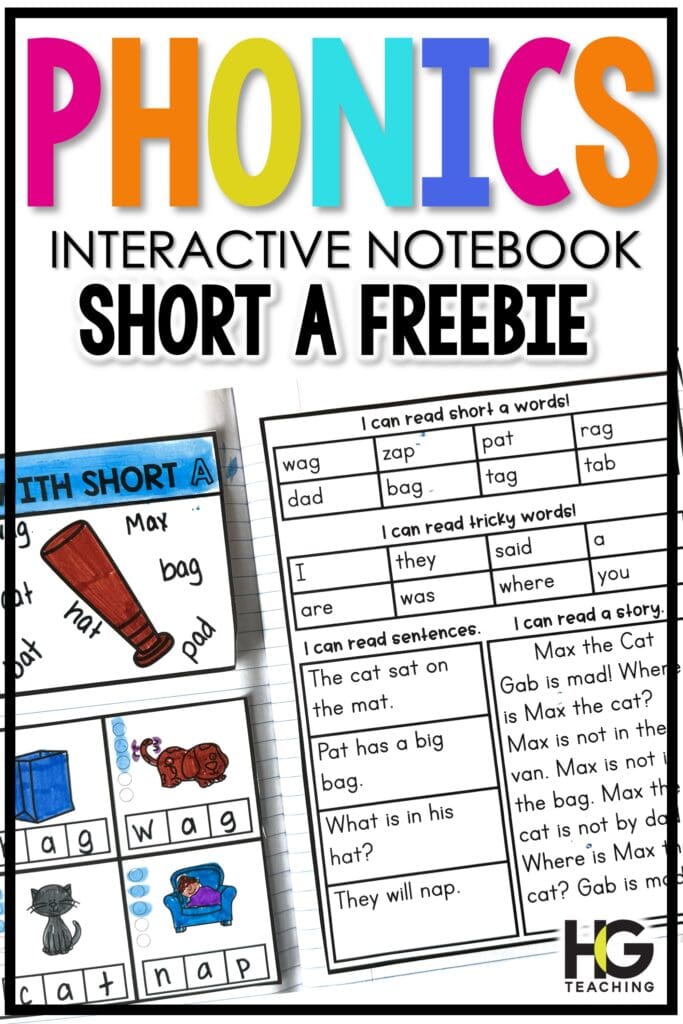
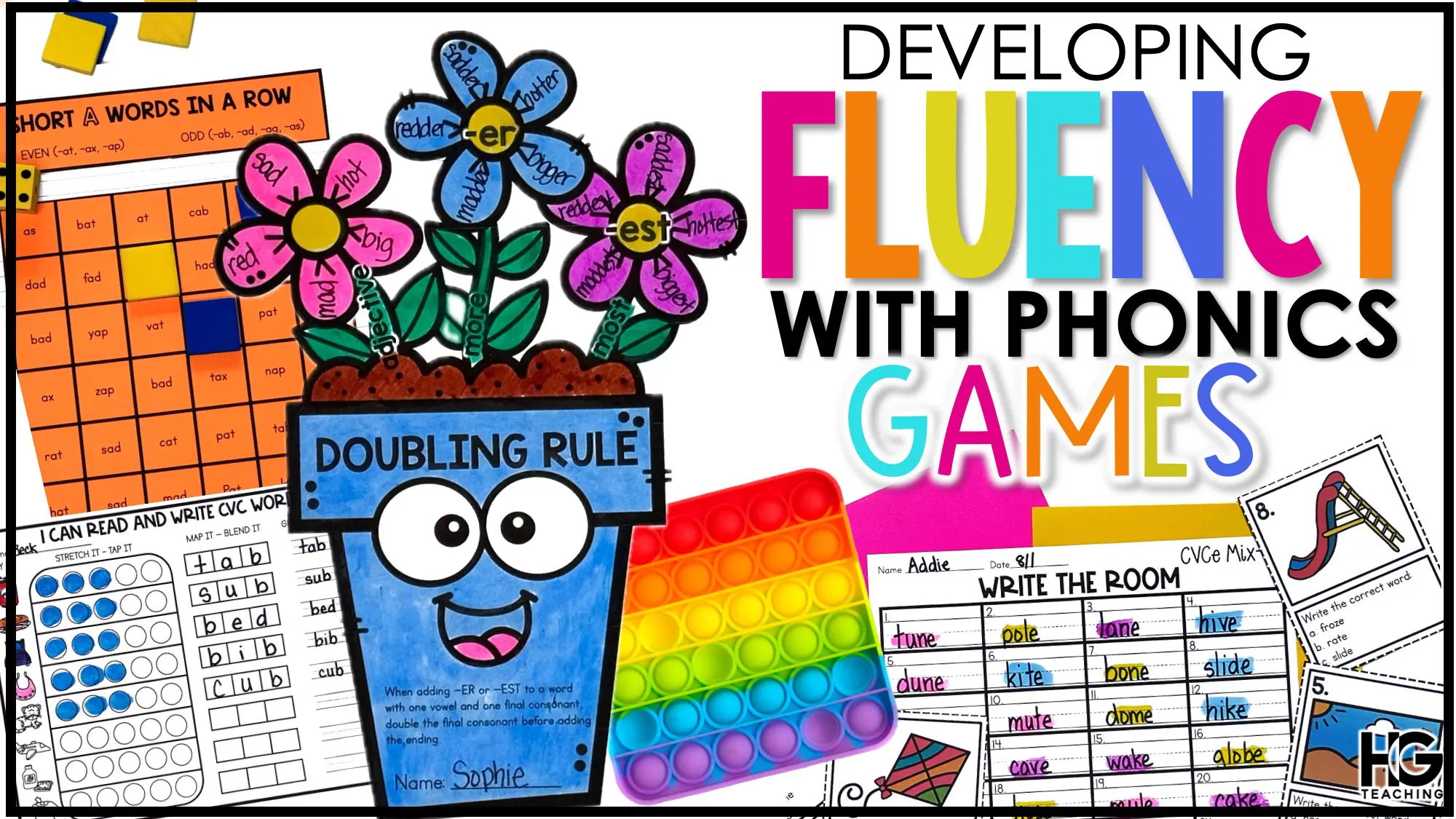

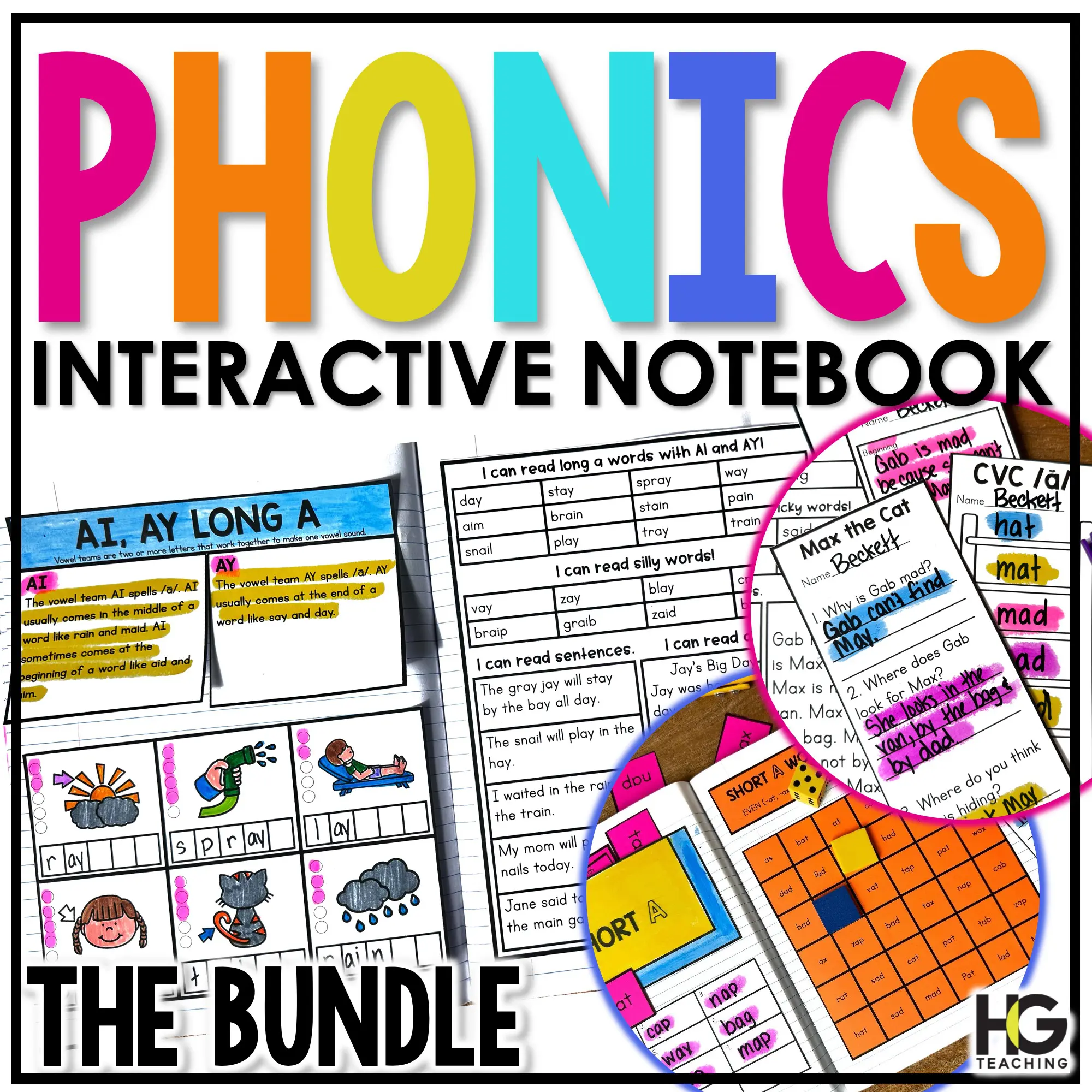
0 Comments